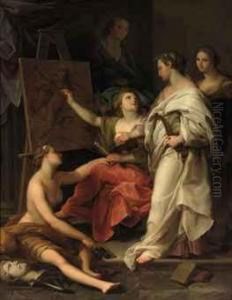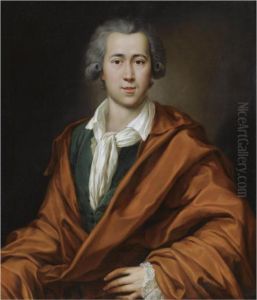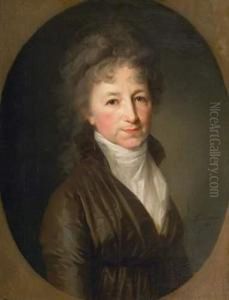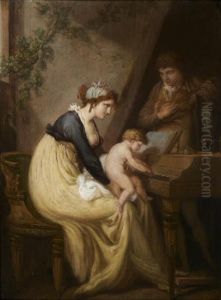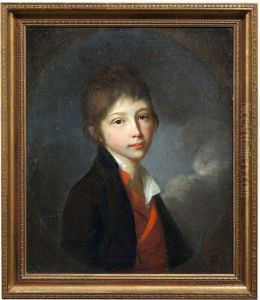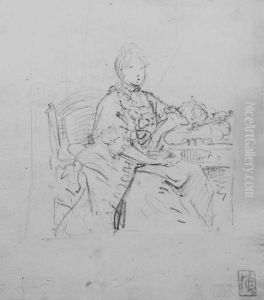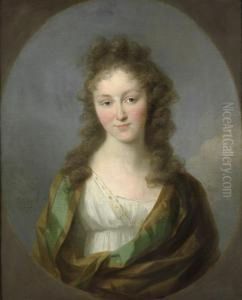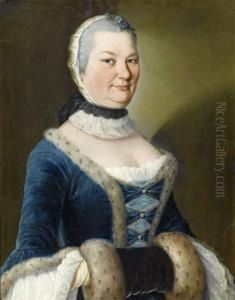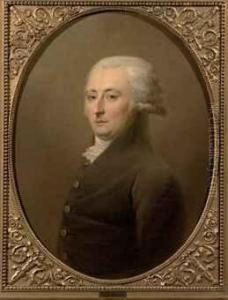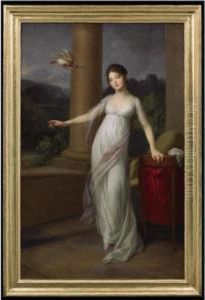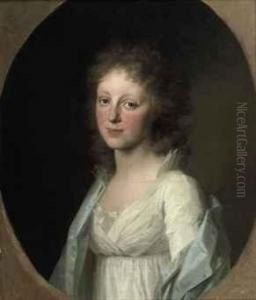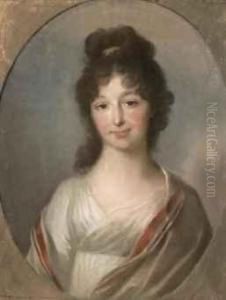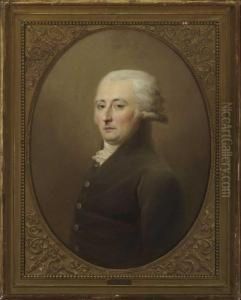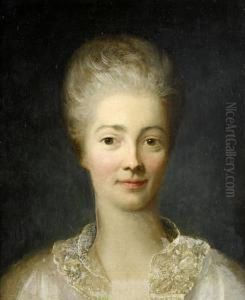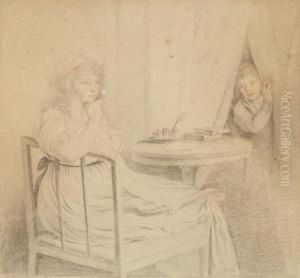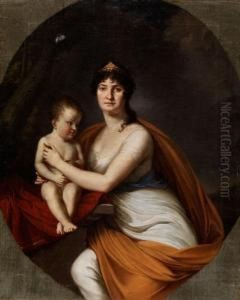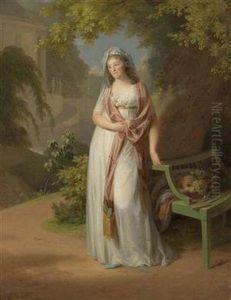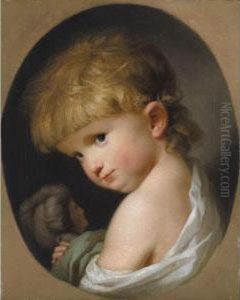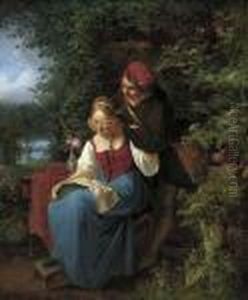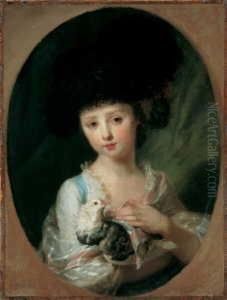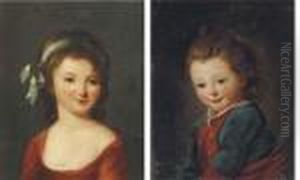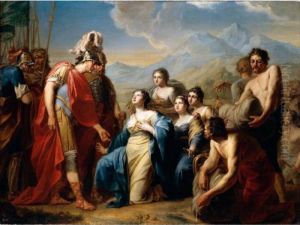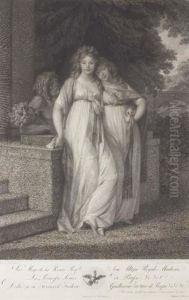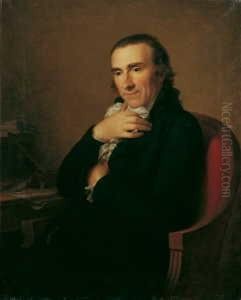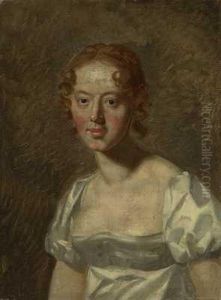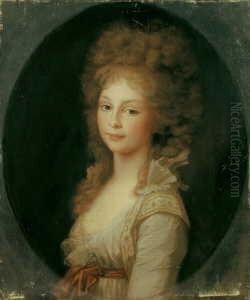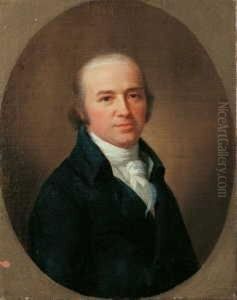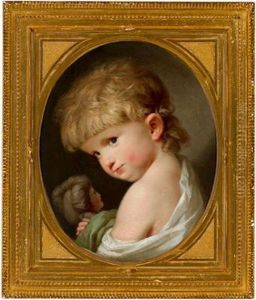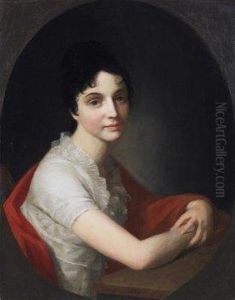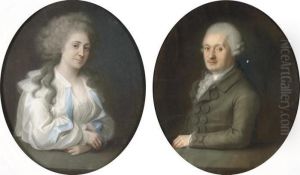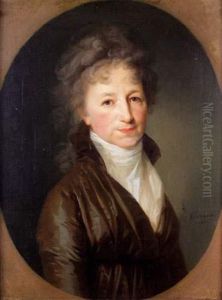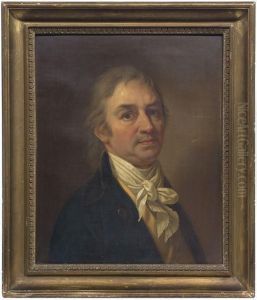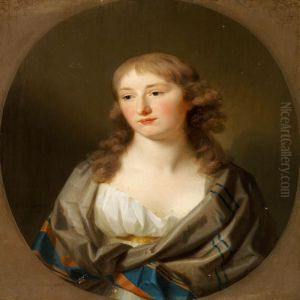Johann Friedrich A. Tischbein Paintings
Johann Friedrich August Tischbein, known as Tischbein the Elder, was a notable German painter from the Tischbein family of artists. He was born on March 9, 1750, in Maastricht and died on June 21, 1812, in Heidelberg. Tischbein hailed from a dynasty of painters; his father, Johann Valentin Tischbein, and several other relatives were also accomplished artists.
Tischbein began his artistic education under the guidance of his uncle, Johann Heinrich Tischbein the Elder, who was a court painter in Kassel. He further honed his skills by studying at the Academy of Painting in Kassel and then moved to Hamburg to work with his brother, Anton Wilhelm Tischbein.
In 1777, Tischbein had the opportunity to travel to Holland and work in Amsterdam. His talent earned him recognition, and he became the director of the Academy of Arts in Leipzig in 1780. During his stay in Leipzig, he became acquainted with Goethe, and this connection would later prove significant in his career.
In 1783, Tischbein traveled to Italy, where he stayed until 1799. During his Italian sojourn, he worked in Rome and Naples, where he became the favorite portraitist of the royal court. His most famous painting from this period is the 'Goethe in the Roman Campagna' from 1787, which depicts the German writer Johann Wolfgang von Goethe during his travels in Italy.
Tischbein's style was influenced by Neoclassicism, and he was particularly adept at portraiture. His portraits are characterized by a clear composition and a focus on the psychological depth of his subjects. He also painted historical and mythological scenes but is primarily remembered for his portraits.
The French invasion of Naples in 1799 led Tischbein to return to Germany, where he continued to work as a portraitist. He spent the last years of his life in Heidelberg, where he died at the age of 62. Tischbein's legacy is preserved in the form of his numerous portraits and the continued recognition of the Tischbein family in art history.
